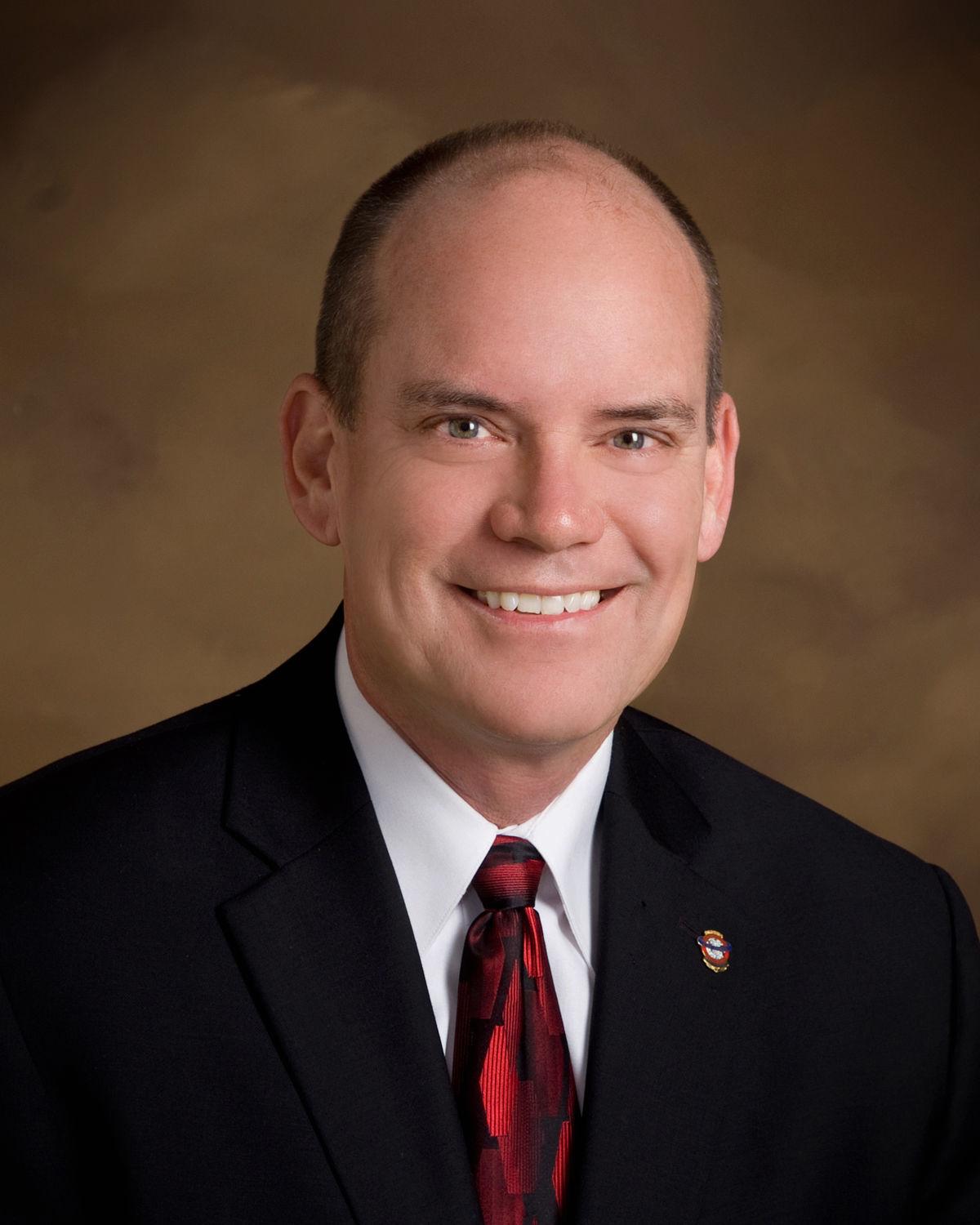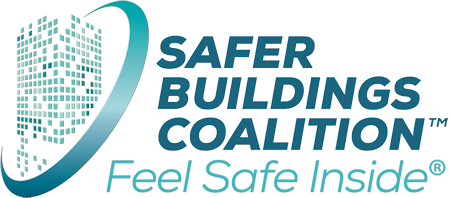From the Chief’s Corner: One and Done, But Not When Public Safety Is Involved...
Posted on September 19, 2019 Many of you have heard the common term "One and Done" used in everyday life. But have you ever thought about its origin? “One and done” became a popular term when the National Basketball Association introduced a new controversial draft rule in 2006. The rule stated that recruits needed to be 19 years old by the end of the draft year and one year removed from their high school graduation before they were eligible to participate. The effect was that high school players who might have gone directly into professional play instead spent a single year playing at the collegiate level; they were not interested in a collegiate career. They would basically play one year of college and then be done with their college play. Basketball recruiting aside, "one and done" can simply mean that something is done once, and then done no more. And that brings us to the importance of system testing. Specifically: periodic testing of In-Building Communications Enhancement Systems. One definition of testing is: "taking measures to check the quality, performance, or reliability of (something), especially before putting it into widespread use or practice." In this context, “one and done” does not quite cut it. In-Building Communications Enhancement Systems and other fire protection systems like fire sprinklers and fire alarms are powerful tools to help mitigate emergency incidents within buildings. Like all systems, these can degrade with time, and must be inspected regularly to ensure they will perform as expected when the need arises.
IFC Section 510.6.1 2018 Edition states: “Testing and proof of compliance. The owner of the building or owner’s authorized agent shall have the emergency responder radio coverage system inspected and tested annually or where structural changes occur including additions or remodels that could materially change the original field performance tests. Testing shall consist of the following: 1. In-building coverage test as described in Section 510.5.3. NFPA 1221 2019 Edition Section 11.3.9 states: “Where two-way radio communications enhancement systems are installed, a system test shall be conducted, documented, and signed by a person approved by the AHJ upon system acceptance and once every 12 months.” Additional requirements for periodic testing are found in sections 11.3.9.2.3.1 through 11.3.9.2.6
It’s important for all stakeholders to know what’s in the codes and standards. Building owners or their authorized agents must take an aggressive approach in establishing a program for periodic inspection, testing, and maintenance of fire and life safety equipment in an effort to maintain operational reliability. Additionally, organizations and individuals responsible for performing these mandated tests must make sure they have the qualifications to perform such test. As you can see, periodic testing of public safety in-building communications enhancement systems is vital to protecting both building occupants and our first responders. When it comes to communications for both public safety and the public’s safety, we are never One and Done...
|

